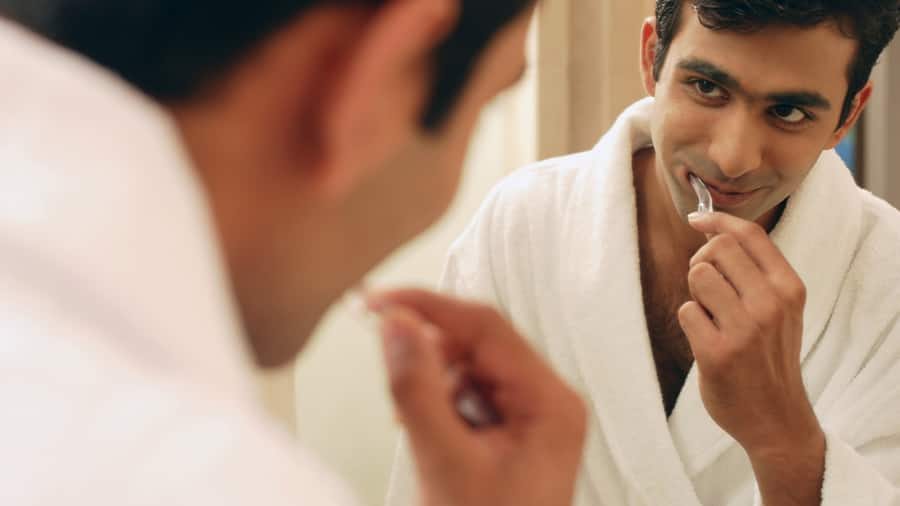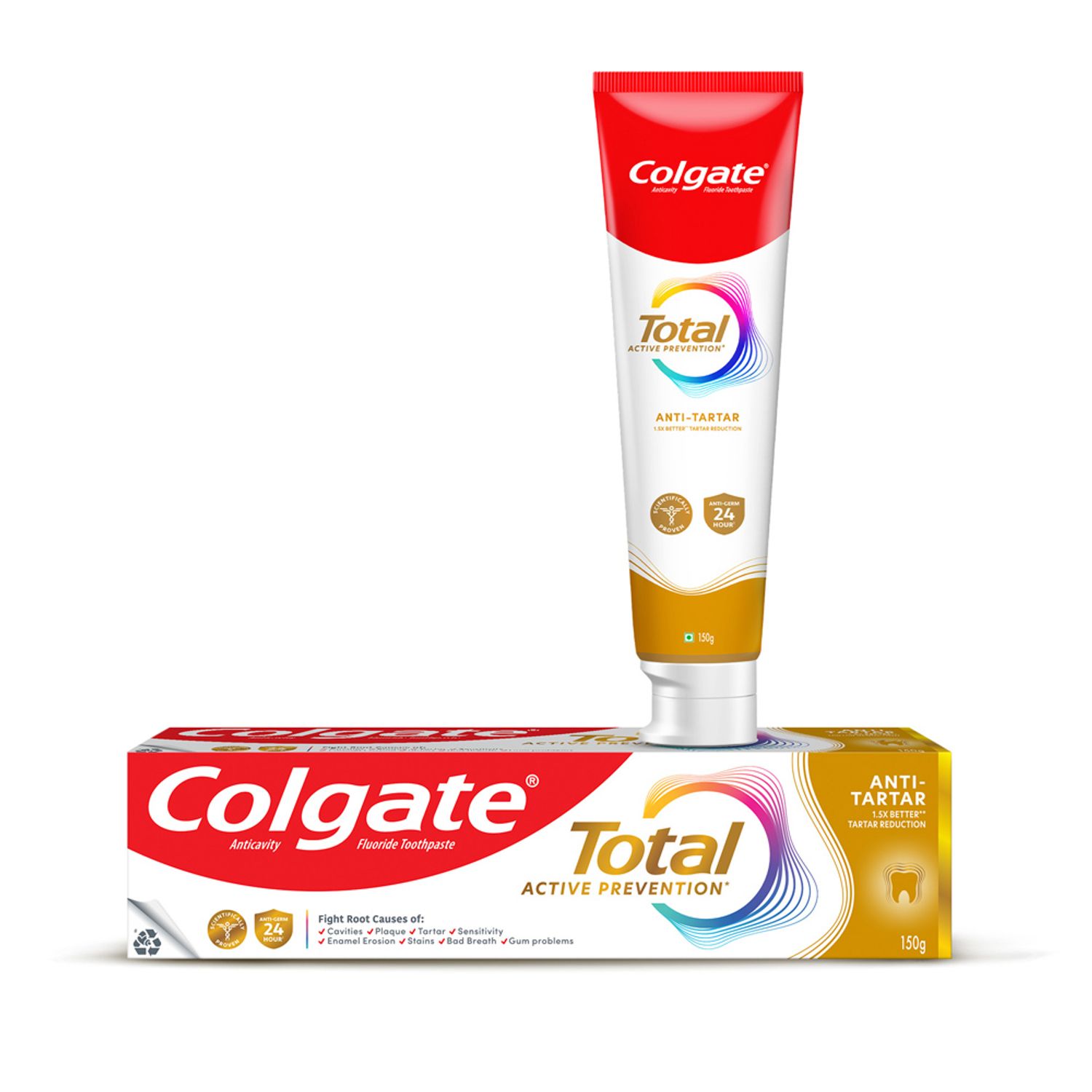Causes of Bad Breath
Some of the reasons for bad breath are fairly harmless and most people experience them at some point in their lives. According to the National Health Portal of India, bad breath or Halitosis (oral malodour) is an unpleasant odour of the mouth. It is a common complaint for both genders and for all age groups.
- Source of 90% cases of bad breath is oral cavity such as food impaction in between teeth, gum diseases, dry mouth or reduced flow of saliva. Dry mouth or decreased flow of saliva reduces self-cleaning of the mouth and inadequate cleaning of the mouth causes halitosis.
- Not maintaining hygiene of orthodontic fixed appliances, wearing dentures and not cleaning them regularly, throat infections, oral ulcers and oral carcinomas may cause bad breath.
- Non-oral reasons such as sinus (upper respiratory tract infections), diabetes (diabetic ketoacidosis), lung and kidney diseases (end stage renal failure), gastrointestinal disease such as gastroesophageal reflux disease (GERD), menstruation (menstrual breath) accounts for 9% of halitosis cases.
- Not maintaining hygiene of orthodontic fixed appliances, wearing dentures and not cleaning them regularly, throat infections, oral ulcers and oral carcinomas may cause bad breath.
How Breath Mints Work
The science behind using breath fresheners in the form of candies or gum is simple. Sucking or chewing something results in the production of extra saliva, which washes your mouth and teeth clean of any odour-causing bacteria. At the same time, the minty scent helps to mask the odour in the short-term while the saliva is produced, so you have a short-term and a long-term solution in one. The success of this method, however, depends on the ingredients in your mint.
Ingredients in a Breath Mint
Most hard candies, including breath freshening mints, contain sugar or artificial sweeteners that feed the bacteria that causes the problem. Many products also contain protein from gelatine, another primary bacteria food. For these reasons, even the strongest-flavoured mints are unlikely to do more than mask the odor, which is why many dental professionals recommend chewing sugarless gum instead of breath mints. Gum has the additional benefit of keeping your mouth working and producing saliva long after a candy-type mint would have been consumed.
If you're a devotee of using breath mints, aim for products that contain all-natural ingredients like xylitol for sweetness and natural flavorants. Zinc gluconate, an oxidizing agent used in antimalodour ingredients, is a useful addition because it blocks odor receptors from binding with the amino acids to produce sulfurous compounds, according to a study published in the Journal of Oral Diseases. Products that contain a saliva stimulator are also beneficial for countering bad breath.
Other Ways to Avoid Halitosis
The most reliable method for avoiding bad breath remains a sound oral hygiene regimen, based on twice-daily brushing and flossing once a day. It may not be possible to resolve your halitosis problem with a breath mint or gum. By practicing good dental health and regularly visiting your dentist, however, you should be able to stop bad breath from affecting your life and knocking your confidence.
This article is intended to promote understanding of and knowledge about general oral health topics. It is not intended to be a substitute for professional advice, diagnosis or treatment. Always seek the advice of your dentist or other qualified healthcare provider with any questions you may have regarding a medical condition or treatment.
ORAL HEALTH QUIZ
What's behind your smile?
Take our Oral Health assessment to get the most from your oral care routine
ORAL HEALTH QUIZ
What's behind your smile?
Take our Oral Health assessment to get the most from your oral care routine













